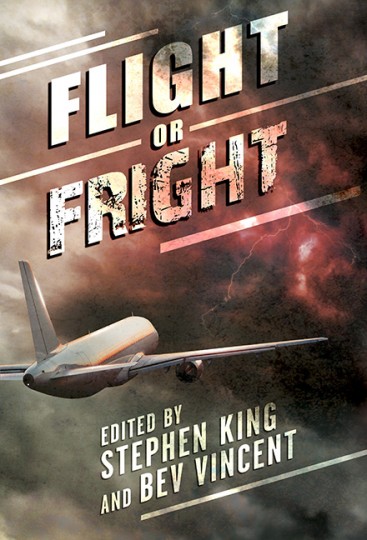 I see a lot of anthology calls lately where the promise of payment is deferred. Instead of getting an advance or a flat payment up front, contributors are promised an even share of the royalties.
I see a lot of anthology calls lately where the promise of payment is deferred. Instead of getting an advance or a flat payment up front, contributors are promised an even share of the royalties.
You’ll do yourself a huge favor if, when you see this, you substitute in your mind the phrase “non-paying market,” because 99 times out of a hundred, that’s what they are. These books don’t typically show a profit for the authors to split because the publisher doesn’t have a marketing plan beyond a few posts on Facebook and “hey, authors, get out there and spread the word about this book.” Authors may sell a handful of copies to friends and family but, since the publisher probably paid the cover artist and most certainly the printer and maybe even the people who laid the book out, this isn’t enough to make a profit. And what does the publisher care? He doesn’t have a real stake in making money because he’s not out that advance that needs to be recouped.
When I give presentations, I’m often asked what advice I have for beginning writers and it most often boils down to this: don’t be in such a rush to see your name in print that you sell yourself and your work short. If you contribute a story to a royalty-only anthology, then who is going to read it? Sure, you’ll have your name in a book and you can hold it in your hands and show it around to people, but that’s a fleeting reward. The story deserves better than to vanish in a book that no one is going to remember a month from now. The urge, the drive to be published can make writers do crazy things. Resist, if you can. There’s no huge rush. I’ve had stories that took years to get published because I wanted them to be published well and I needed to find the right market for them. Relax. The publishing world isn’t going to go away soon, and wouldn’t you rather have your story in a book that’s going to be around for a while? One that’s read by total strangers?
I’ve been working my way through the Longmire novels by Craig Johnson, reading them to my wife in the evening. We started with the novella Spirit of Steamboat and then went back to the beginning. We’re in the final throes of the third book, with the fourth cued up and on deck. If you’ve seen the TV series on A&E, there are some similarities and some differences. Walt is a little less taciturn in the books. Vic (Katee Sackhoff) in the book is a brunette who curses like a sailor, and the relationship between Walt and Vic is more complicated. She comes from a big family back in Philly, most of them cops. Her marriage is already over by the time the books start.
Walt’s predecessor, Lucian Connally, is more of a presence in the books. He lives in the old folks home and Walt has a standing date to play chess with him each week. He’s a cantankerous character and it would be interesting if they used him more in the series. Walt’s deputies are more of a mixed bag in the books, and the whole subplot about a deputy campaigning against him that was so important to the TV series is not in the books at all, at least to this point, neither is the mystery surrounding his wife’s death. Personally, I’d love to see Henry do some more spiritual things, like he does in the books, and Walt has some pretty awesome mystical hallucinations that they could work in, too.
The story about Cady’s head injury takes place in Philadelphia instead of Absaroka County, Wyoming, a decision probably made for logistical reason, since filming takes place in New Mexico, which could hardly pass for Pennsylvania. It also gives Walt a chance to learn more about Vic by seeing her in her original surroundings.
Not saying the books are better than the adaptation, just that they’re two somewhat different beasts. The books inspire the series, but the series isn’t beholden to the source material, even in some quite fundamental ways. Besides, A&E would never allow Vic to say some (most) of the things she utters in the books…

